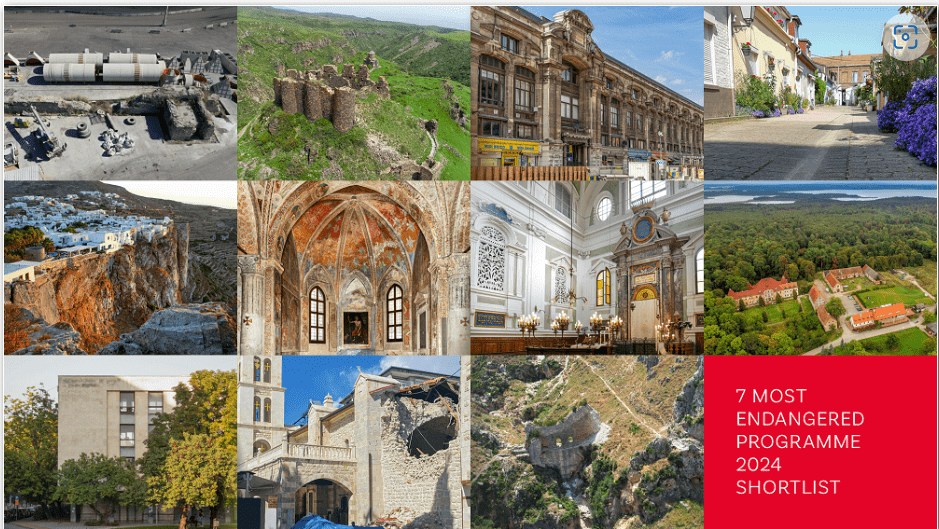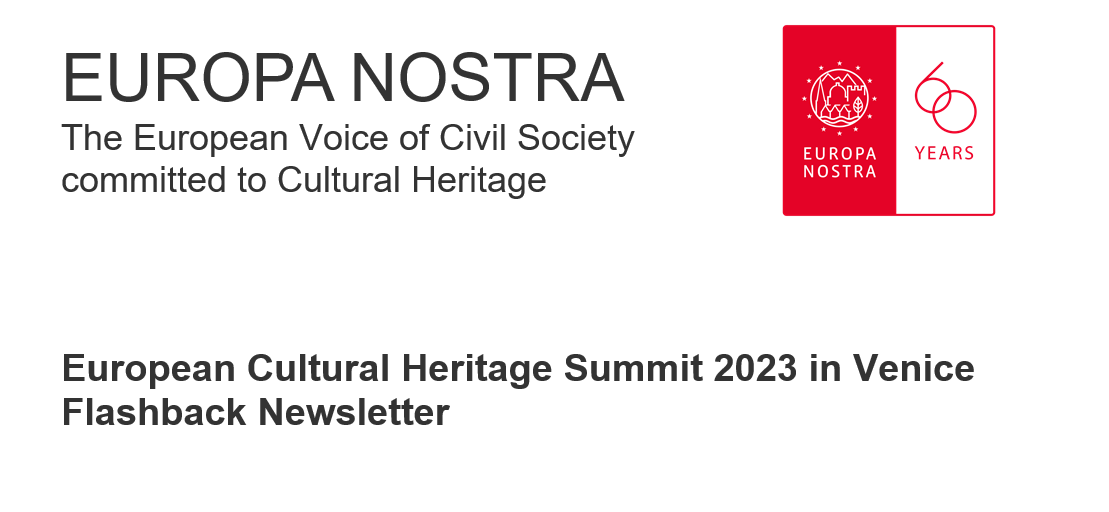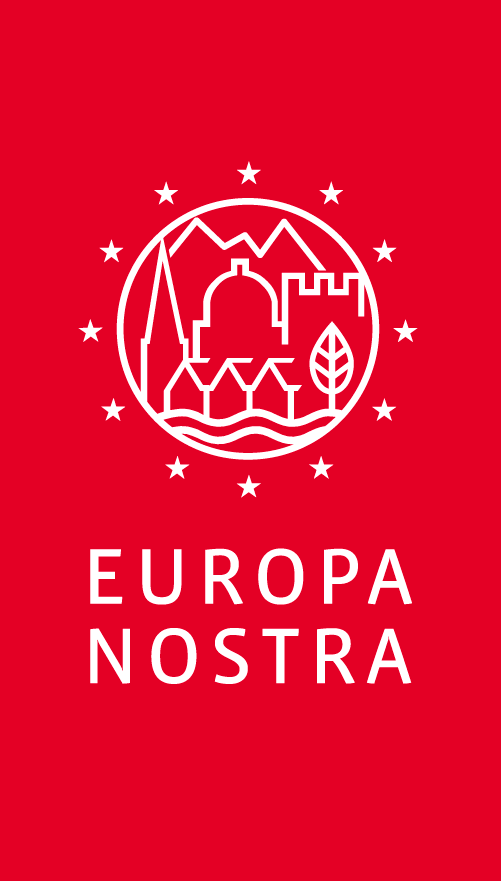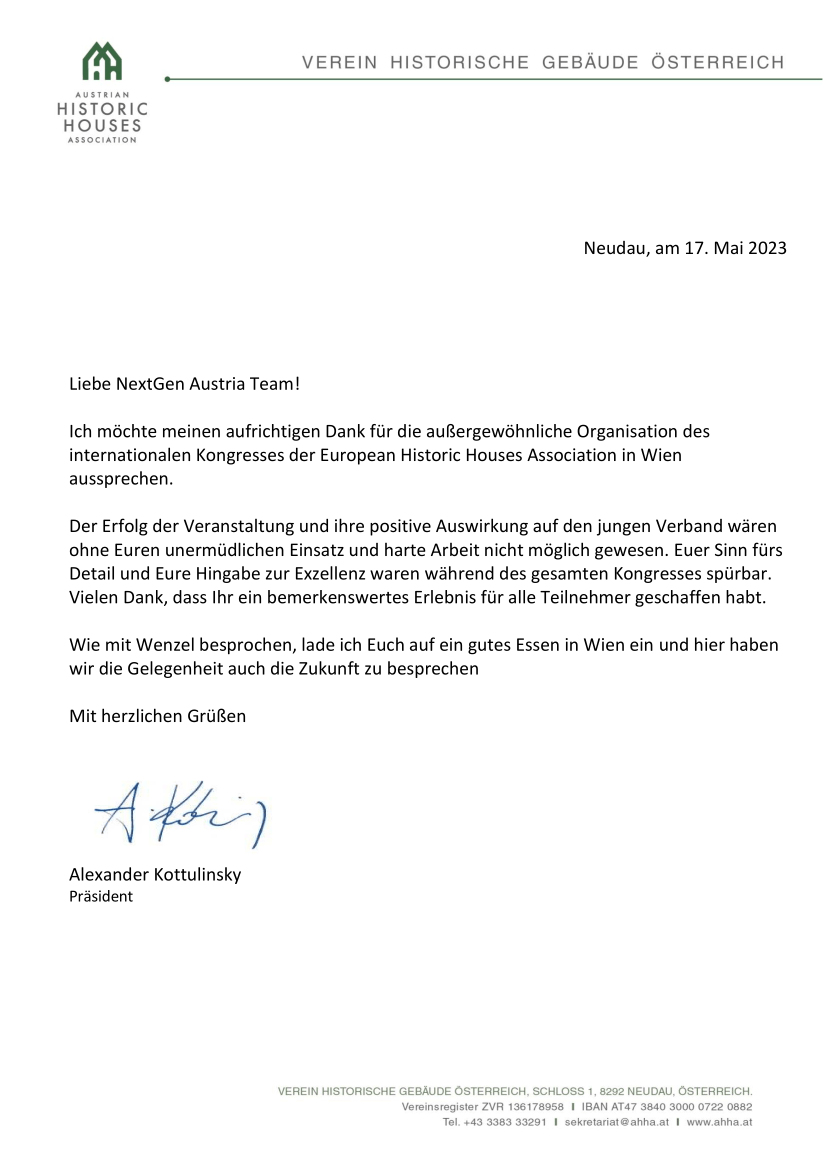
Call to Action: spread the word about the Sustainable Heritage Award!
Dear Members,
Last week, we announced the European Sustainable Heritage Award launch in partnership with Airbnb.
This initiative aims to recognize the outstanding efforts of historic house owners who have demonstrated commitment to sustainable heritage preservation and restoration.
We are contacting you to kindly request your support in sharing this significant opportunity within your networks. By spreading the word about the European Sustainable Heritage Awards, we can encourage more owners to participate and award their efforts to improve the sustainability of their properties.
In total, three projects will be awarded. The winner will receive 20,000 EUR, and the two finalists will get 10,000 EUR. The deadline to apply is December 31st.
To be eligible, the projects should have achieved measurable impacts on the preservation and renovation of the historic property in one of the following fields:
- Energy (e.g. installation of heat pump technology, improvements in insulation, use of energy saving switches…)
- Waste (e.g. safe handling/disposal of hazardous waste)
- Water (e.g. installation of water-efficient showers/toilets/faucets, (re-)use of rainwater, drought-tolerant landscaping)
- Biodiversity and Ecosystems (e.g. greening of rooftops and other spaces, replacement of native species)
- Destination and Community (e.g. investment in local sustainability projects)
We are sharing a brief overview of the awards, the necessary information, and application details. We encourage you to share this information through your newsletters, social media platforms, and other communication channels. Please do not hesitate to contact us if you have any questions or require further information. We greatly appreciate your support and cooperation in spreading the word about the European Sustainable Heritage Award !
Best regards,
The EHH Team






